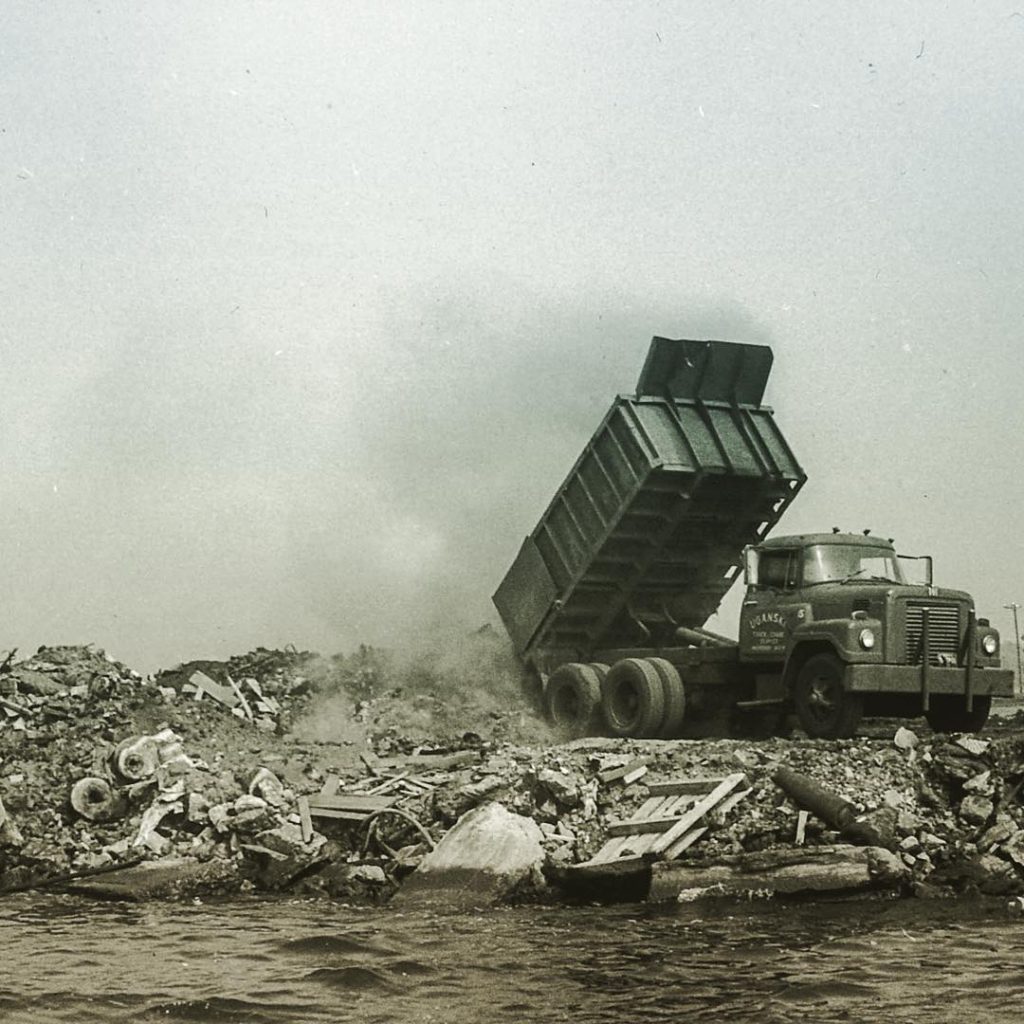Blog Archives
The Pollution Solution
Experts say that by 2050 there may be more plastic than fish in the sea. It is found in every region of the world, from the deepest ocean trenches to the most remote islands.
Over 300 million tons of plastic are produced each year and at least 14 million tons of plastic end up in the ocean annually; making up 80% of all marine debris found in surface waters. And the problem is continues to grow!

As recently as ten years ago, when the pollution problem was already huge, there was little global awareness and even less of a movement to stop the problem. Although you may not have read about plastic pollution or microplastics or The Great Pacific Garbage Patch in the news, others were aware of the issues and were utilizing Aquarius Systems’ equipment to scoop the debris from rivers, lakes and reservoirs.
Back in the mid-1970’s, officials in Venice, Italy, needed a way to remove the floating debris from the canals, which were openly used as a dumpster. An Aquatic Weed Harvester was modified with collection wings and a few other upgrades. The resulting machine, that we like to call the Trash Hunter, was exported to Venice.

The Trash Hunter is the first-of-its-kind boat designed for the sole purpose of collecting and removing floating debris from surface water. This development gave birth to the state-of-the-art Marine Debris Skimmers produced today. The modern machines have been re-engineered from the original rudimentary design to feature a catamaran hull for stability, adjustable collections flares to enable operators to capture floating items and clean out tight corners, and an onboard conveyor containment system to retain, dewater and unload the debris.

Rivers are the main source of plastic contamination found in the oceans. It originates from land-based debris found in urban and stormwater runoff, littering, inadequate waste disposal and management, industrial activities and illegal dumping. Rivers, and the floating debris fed into them, flow into the ocean. The mobile Aquarius Systems’ Aquatic Trash Hunters are used on many rivers, skimming to capture and remove the floating debris and offloaded it into shore-based dumpsters.

The Milwaukee Metropolitan Sewerage District has cleaned and maintained the Milwaukee river system within the inner harbor area of Lake Michigan with a river skimmer boat for over 20 years. Their current vessel, the Lynyrd Skymmr Aquatic Trash Hunter, is 50-feet long and scoops up tree trunks, branches, plastic containers, trash, road construction barrels, tires, and dead fish. In 2017, the river skimmer boat worked on Milwaukee waterways for 128 days, collecting 1,545 cubic yards of debris. That’s enough to fill over 77 commercial-size 20-yard dumpsters.
Can you visualize 1,545 cubic yards? I couldn’t either, but a little research revealed that a washing machine is a little smaller in size than a cubic yard. Milwaukee pulled 1,545 cubic yards; which is like removing 1,545 washing machines from the inner harbor area — and preventing that debris from entering Lake Michigan.
The Lower Passaic River is one of the most polluted waterways in the United States. The Passaic Valley Sewerage Commission uses a skimmer boat to sweep floatables from a ten-mile stretch of the Passaic River, garbage which would otherwise reach the Atlantic Ocean. The skimmer boat which acts like a street sweeper for the river removes floating debris such as trees, plastic bags, plastic bottles, soccer balls, etc.
The program, which started in 1998, has collected about 372 tons (744,000 pounds) of trash and debris annually. Imagine having to move 744,000 gallons of paint comparison! That is the amount of trash being pulled from the river. Forty percent of the garbage removed from the river is plastic, most of which is plastic bottles.
A global solution to the source needs to be found, whether it is a ban on single-use plastic, better recycling, or investing in proper waste management operation. And for nearly 50 years Aquarius Systems Aquatic Trash Skimmer has been part of the Pollution Solution!
Read More about the Milwaukee River Skimmer
See the Passaic Valley Trash Skimmer in Action
Learn More about Aquatic Trash Skimmers

Where Oh Where Did my Golf Ball Go?
Alex Weber, a junior at Carmel High School in California, and her friend Jack Johnston had repeatedly come across large numbers of golf balls on the ocean floor while snorkeling in the Monterey Bay National Marine Sanctuary near the town of Carmel-by-the-Sea.
As environmentally conscious teens, they started removing golf balls from the water, one by one. By the time Alex contacted me, they had retrieved over 10,000 golf balls – more than half a ton.

Alex, her friends and her father paddled, dove, heaved and hauled. By mid-2018 the results were startling: They had collected nearly 40,000 golf balls from three sites near coastal golf courses: Cypress Point, Pebble Beach and the Carmel River Mouth. And following Alex’s encouragement, Pebble Beach employees started to retrieve golf balls from beaches next to their course, amassing more than 10,000 additional balls.
Modern golf balls are made of a polyurethane elastomer shell and a synthetic rubber core. Manufacturers add zinc oxide, zinc acrylate and benzoyl peroxide to the solid core for flexibility and durability. These substances are also acutely toxic to marine life.
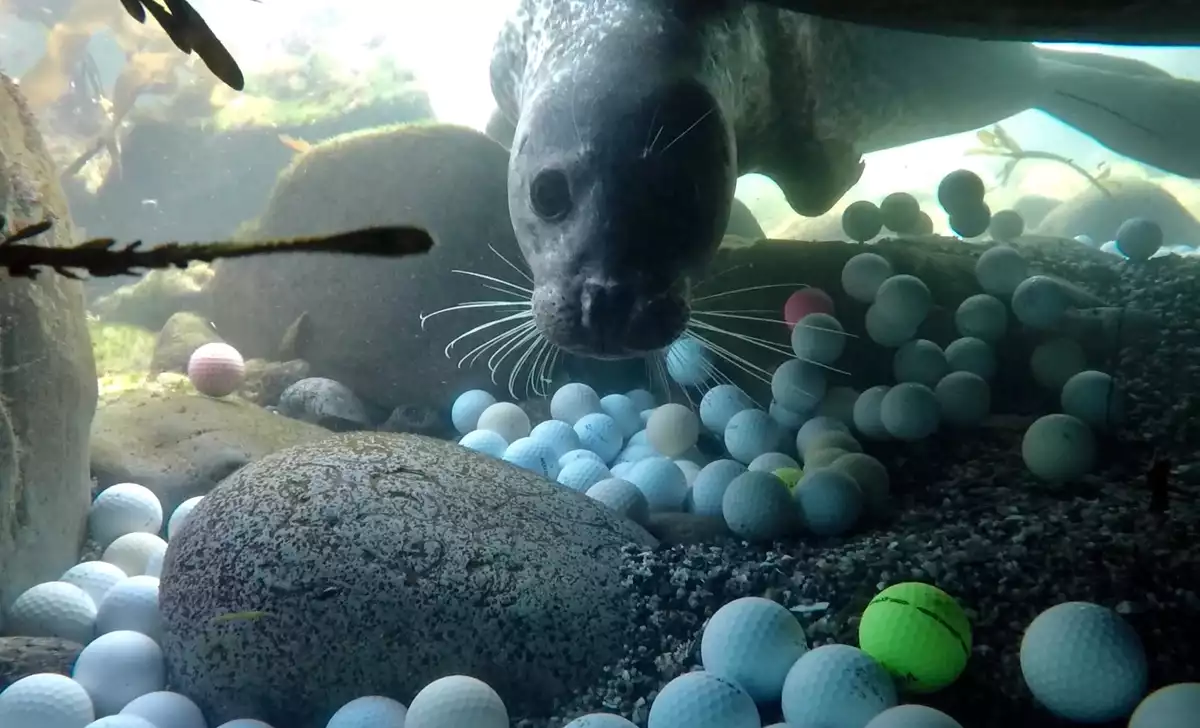
When golf balls are hit into the ocean, they immediately sink to the bottom. No ill effects on local wildlife have been documented to date from exposure to golf balls. But as the balls degrade and fragment at sea, they may leach chemicals and microplastics into the water or sediments. Moreover, if the balls break into small fragments, fish, birds or other animals could ingest them.
Food Packaging Waste
Packaging – much of it single-use food wrapping – has created a rubbish problem that now pollutes every corner of the world.
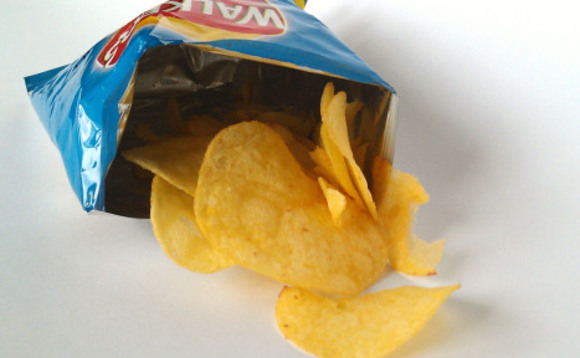
EPA defines containers and packaging as products that are assumed to be discarded the same year the products they contain are purchased. Containers and packaging make up a major portion of municipal solid waste, amounting to 77.9 million tons of generation in 2015.

There are a number of things you can do to minimize packaging waste to help reduce the pollution caused by the packaging.
- Buy in bulk. Buying lots of smaller packs generates more waste.
- Always carry your own bags while shopping.
- Try to buy loose products where available. For instance, in case of vegetables and fruits.
- Opt for brands that have less packaging.
- Avoid buying bottled water unless tap water in your area is unsafe for drinking.
Water Capitalism Will Save the Fish
A monumental eco-challenge facing the planet is plastic marine debris. The modern economy has produced more than eight billion metric tons of newly manufactured plastic, but 75% of it becomes plastic waste. It is estimated that approximately five trillion pieces of plastic, or roughly 250,000 metric tons, have littered the waters.
So, what can be an effective measure to combat or eliminate plastics from ending up in coastlines, rivers, lakes, and oceans? It may be daring for most, but ocean privatization is the way to go.
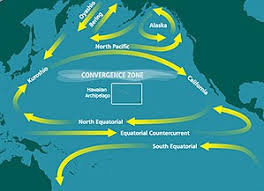
Water capitalism implies that there would be private ownership of oceans, rivers, lakes, and aquifers.

When something is unowned, there is very little incentive to maintain, preserve, or defend it. On the other hand, when something is privately owned, we do our very best to maintain, preserve, or defend it. This is why private property is typically better than public housing, or why private transportation is generally more bearable than government transit.
Making Energy from Marine Debris
Every year marine species, from lobsters and fish to sea lions and birds, become trapped or entangled in lost, abandoned or discarded fishing gear. This “derelict gear” continues to capture fish and wildlife while at sea, even if no fishermen retrieves the catch.
The Fishing for Energy partnership works to address this problem in two ways: by providing commercial fishermen with no-cost opportunities to dispose of derelict and retired fishing gear, and by offering grant support for direct removal and assessment efforts.
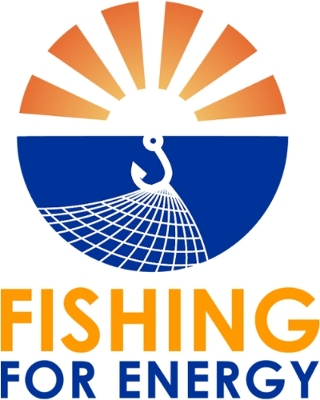
Through March 2016, the Fishing for Energy partnership has provided removal services at 48 ports in 10 states, collecting over 3 million pounds of fishing gear. Gear collected at the ports is first sorted at Schnitzer Steel Industries for metals recycling, and the remaining non-recyclable material is converted into energy at Covanta Energy locations.
Plastic in the Food Chain
Despite the much-touted health benefits of fish, consumers may be getting more than just lean protein in their servings of seafood. Researchers have found that around a quarter of the fish in markets in Indonesia and California contained plastic or fibrous material in their gut. This study is one of the first to make a direct link between plastic and the food which end up on the plates of consumers.
 We already know that eating fish comes with risks of ingesting metals like mercury and lead, or pesticides like DDT. Scientists don’t currently know whether or what amount of plastics in fish poses a threat to human safety. They do know, however, that plastics are associated with a cocktail of chemicals, some of which are carcinogenic, and some of which disrupt our hormone system. Once they enter the ocean, plastics can also become a sponge for other contaminants like pesticides and industrial chemicals.
We already know that eating fish comes with risks of ingesting metals like mercury and lead, or pesticides like DDT. Scientists don’t currently know whether or what amount of plastics in fish poses a threat to human safety. They do know, however, that plastics are associated with a cocktail of chemicals, some of which are carcinogenic, and some of which disrupt our hormone system. Once they enter the ocean, plastics can also become a sponge for other contaminants like pesticides and industrial chemicals.
According to PHY ORGS the researchers emphasize that the debris are found in the animals’ guts. That suggests people are likely to ingest the debris only if the animal is eaten whole, like sardines and anchovies. The team is still studying whether chemicals in the material can transfer into the meat.
The presence of tiny plastic particles, or microplastics, is a growing problem worldwide. A team of scientists estimated that eight million metric tons of plastic waste enters the world’s oceans each year, and predicted that that number will increase over the next decade.
Reducing plastics in the ocean will require a concerted, multi-pronged effort and interventions might include banning plastic microbeads in personal care products, working with big plastic producers to search for alternative materials, or even possibly putting fiber filters on washing machines.
Marine Debris in Your Backyard: Great Lakes
The Great Lakes are such a huge part of our life in Southeastern Wisconsin. We spend time on the beaches and at events that take place on the lake shore.
Pollution on these inland waterways is a huge concern.
Is Alaska Ready for the Next Wave of Debris
Refrigerators, foam buoys and even ketchup bottles are piling up on Alaska’s beaches. Almost two years after the devastating Japanese tsunami, its debris and rubbish are fouling the coastlines of many states — especially in Alaska.
At the state’s Montague Island beach, the nearly 80 miles of rugged wilderness looks pristine from a helicopter a few thousand feet up. But when you descend, globs of foam come into view.
Marine debris isn’t a new issue for the state, but the job got a whole lot harder when the tsunami wreckage began arriving last spring.
One area is scattered with foam bits smaller than packing peanuts. This Styrofoam is just going to get all ground up, and turn into billions and trillions of little bits of Styrofoam scattered all over everything.
Environmental Concerns
The trash isn’t just an eyesore. Birds, rodents and even bears are eating the pieces of foam. Chemicals are also a worry. Among the debris, there are containers that held kerosene, gas and other petroleum products.
Last summer, the state paid for an aerial survey to inspect 2,500 miles of Alaska’s coastline and found tsunami debris on every beach photographed.
Over 8,000 pictures were taken and the debris was more widespread and in greater quantities than anyone expected.
But, officially, the National Ocean and Atmospheric Administration recorded just five tsunami debris items in Alaska. The agency will only confirm an object if it has a unique identifier that can be traced back to Japan.

